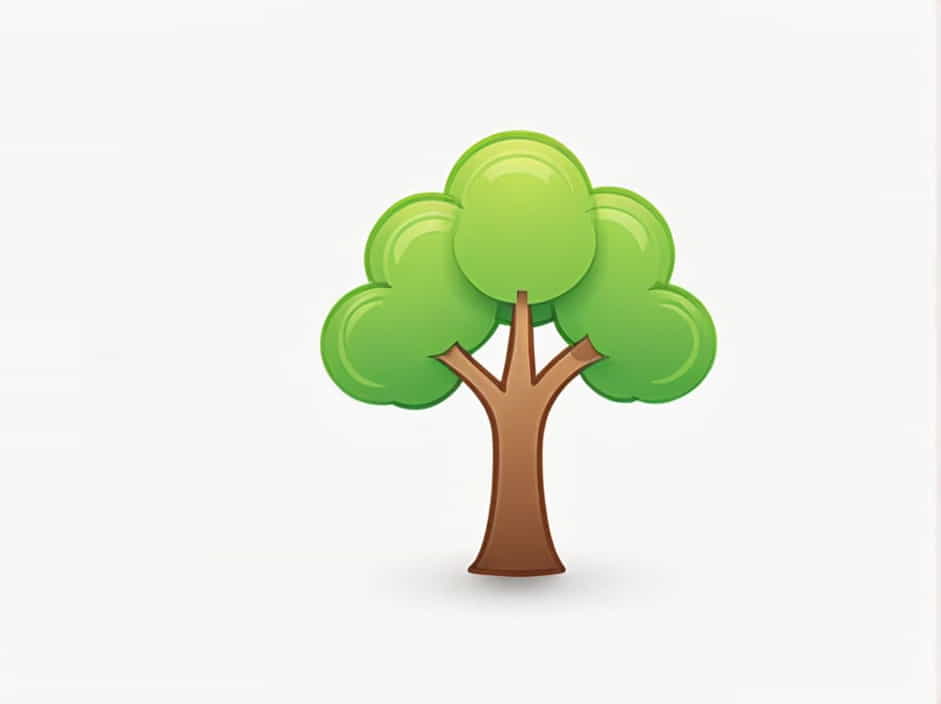Gymnosperms are a group of seed-producing plants that do not produce fruits. Unlike angiosperms, which bear flowers and fruits, gymnosperms develop exposed seeds without an outer covering. This characteristic has earned them the name “fruitless plants.”
In this topic, we’ll explore why gymnosperms lack fruits, how they reproduce, and their key characteristics.
What Are Gymnosperms?
Gymnosperms are vascular plants that produce seeds without enclosing them in a fruit. The word “gymnosperm” comes from the Greek words gymnos (naked) and sperma (seed), meaning “naked seeds.”
Common examples of gymnosperms include:
- Pine trees (Pinus sp.)
- Cycads (Cycas sp.)
- Ginkgo (Ginkgo biloba)
- Conifers (e.g., spruces, firs, cedars)
These plants are primarily found in forests, mountainous regions, and temperate zones worldwide.
Why Don’t Gymnosperms Produce Fruits?
1. No Ovaries to Form Fruits
In flowering plants (angiosperms), seeds develop inside the ovary of a flower, which later transforms into a fruit. However, gymnosperms do not have true flowers or ovaries. Instead, their seeds develop on the surface of cone scales or other structures, remaining exposed to the environment.
2. Pollination Occurs Differently
Gymnosperms rely mainly on wind pollination rather than insect or animal pollination. Since they do not have flowers to attract pollinators, they produce large amounts of pollen that travel through the air to reach female cones. This efficient pollination method eliminates the need for fruits.
3. Direct Seed Development
After fertilization, gymnosperm seeds develop directly on cones or other reproductive structures instead of being enclosed in a fruit. For example:
- In pine trees, seeds develop on the scales of woody cones.
- In cycads, seeds are exposed on the edges of large seed leaves.
- In ginkgo trees, seeds are surrounded by a fleshy outer coat but are not classified as true fruits.
Since there is no fruit formation, gymnosperms remain fruitless plants.
Key Characteristics of Gymnosperms
1. Cones Instead of Flowers
Gymnosperms produce cones (strobili) instead of flowers. There are two types of cones:
- Male cones (pollen cones): Small and produce pollen grains.
- Female cones (seed cones): Larger and house developing seeds.
This reproductive structure sets gymnosperms apart from angiosperms, which rely on flowers.
2. Needle-Like or Scale-Like Leaves
Most gymnosperms, especially conifers, have needle-shaped or scale-like leaves. These adaptations help:
- Reduce water loss in dry or cold climates.
- Withstand harsh weather conditions like snow and wind.
3. Evergreen Nature
Many gymnosperms, such as pines and firs, are evergreen, meaning they keep their leaves year-round. This allows them to photosynthesize continuously, even in winter. However, some, like the Ginkgo tree, are deciduous and shed leaves seasonally.
4. Long Lifespan and Large Size
Gymnosperms are some of the oldest and tallest plants on Earth. For example:
- The Bristlecone Pine (Pinus longaeva) can live for over 5,000 years.
- The Giant Sequoia (Sequoiadendron giganteum) is one of the largest trees in the world.
Their longevity and massive size make them dominant in many ecosystems.
How Do Gymnosperms Reproduce Without Fruits?
1. Pollen Dispersal by Wind
Male cones release pollen grains, which are carried by the wind to female cones. This method allows gymnosperms to reproduce efficiently without needing flowers or animal pollinators.
2. Fertilization and Seed Development
Once pollen reaches a female cone, fertilization occurs, leading to seed formation. Since there is no fruit, the seeds remain exposed on the cone’s surface.
3. Seed Dispersal
Gymnosperms use various methods to spread their seeds, such as:
- Wind dispersal – Light seeds, like those in pine trees, are carried by the wind.
- Animal dispersal – Some birds and squirrels eat and transport seeds.
- Gravity and water dispersal – Some seeds fall to the ground or float away.
Without fruits, gymnosperms rely solely on these natural processes for reproduction.
Why Are Gymnosperms Important?
✅ Ecological Importance
- Provide oxygen through continuous photosynthesis.
- Prevent soil erosion with deep root systems.
- Support wildlife by offering shelter and food.
✅ Economic Uses
- Lumber production – Pine, cedar, and fir are valuable for wood.
- Paper manufacturing – Softwood from gymnosperms is used in paper production.
- Medicinal purposes – Ginkgo biloba is known for its health benefits.
✅ Landscaping and Aesthetics
Many gymnosperms, like cypress and pine trees, are planted in gardens and parks for their beauty and shade.
Gymnosperms are called fruitless plants because they do not produce fruits. Instead, they develop naked seeds on cones or specialized structures. This unique characteristic sets them apart from flowering plants and allows them to thrive in various environments.
Despite lacking fruits, gymnosperms play a crucial role in nature, industry, and landscaping, making them essential to ecosystems worldwide.
